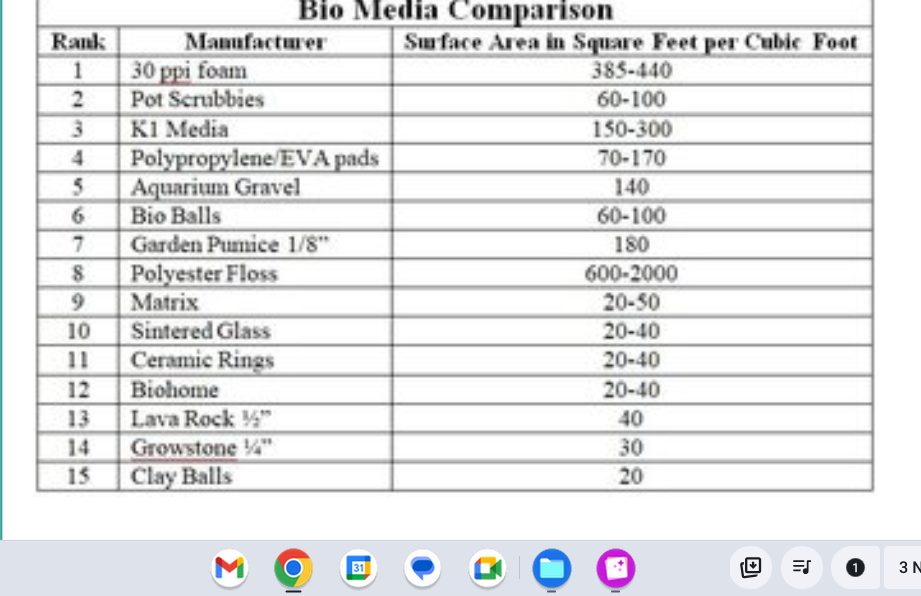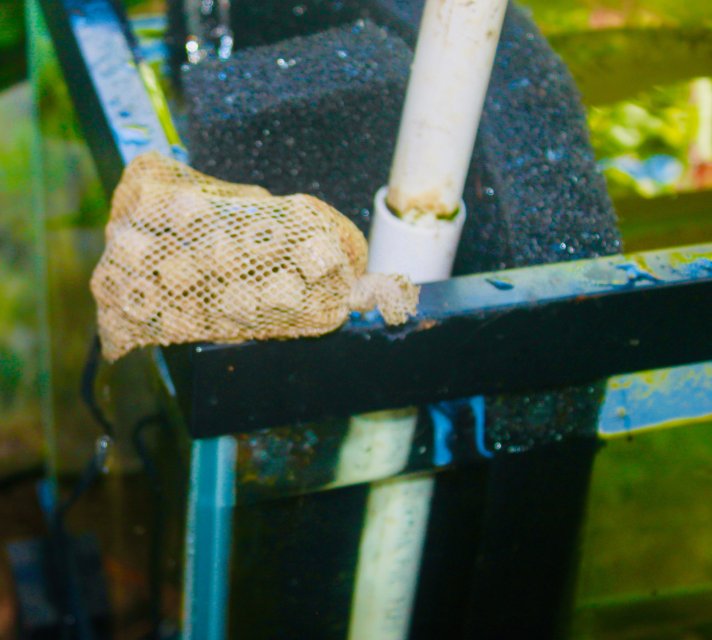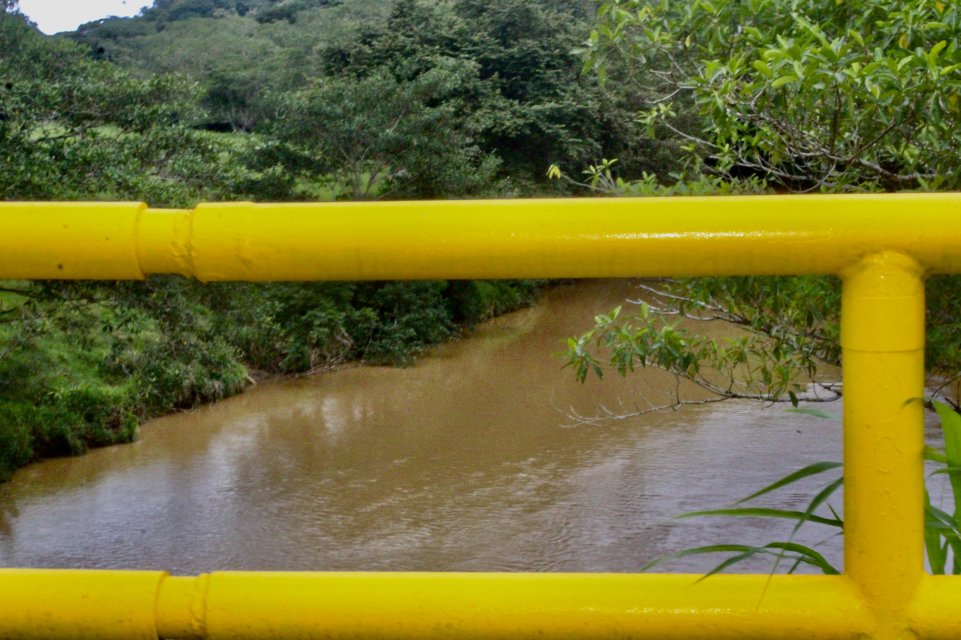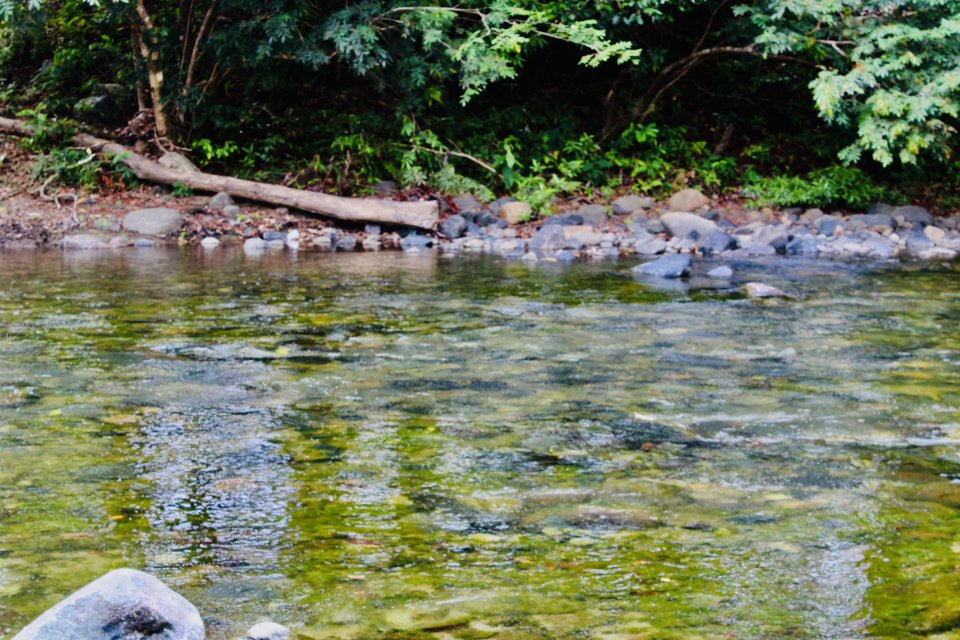Isn't it wonderful? Multiple experienced keepers in disagreement...you're wrong, I'm right, he's out to lunch, she doesn't know what she's talking about. My method works because of
this...your idea is obviously wrong because of
that. Listen to
me, because I'm the smartest guy in the room! I use big words, therefore I must be correct. I read all the promotional literature from all the manufacturers, so I must be right. I spend more on the hobby than you do, so I'm by definition a better fishkeeper than you.
And yet somehow all these folks are keeping fish successfully! How can this be?
Here's a chart comparing the surface area of various biomedia; I've seen similar things in multiple places on the internet, and they may not be identical but the general gist of them is very similar:

If you don't think it's valid...you may very well be correct. So many of these comparisons look so similar that I think that's an argument for generally accepting it. A few outliers show things like ceramic rings and clay balls as having far more surface area, but I
think that perhaps those inflated numbers are displaying the area of clean, unused media, straight out of the box with the price tag still attached. In practice...
I think...these ultra-fine-pored media will very quickly become clogged with biofilm and microscopic debris, rendering the majority of their surface area useless...IMHO. And look at the numbers for poly floss; they may be correct when you put the stuff in on Monday morning, but by the end of the day, or the middle of the week, that light fluffy cloud of floss has degenerated to a flat black layer of slime, through which very little water actually penetrates, so...?
These charts don't consider other aspects of biomedia, such as cost. Some folks think that spending more on media guarantees better performance; I sometimes think that they should try a biomedia chamber filled with folding money just to see what happens. It'll work...I mean, anything will work, since the basic function of biomedia is just to sit there and be covered with bacteria...but then we'll probably get into a debate over the relative efficiency of $50 bills as opposed to $20's or $10's.
A biggie for me is weight, which ties in with ease of cleaning. No matter how carefully and thoroughly we mechanically filter our water before sending it into the biomedia, the media will eventually benefit from an occasional cleaning to remove excess biofilm, debris, sludge, etc. Ceramics weigh a ton and are a PITA to remove for cleaning. Sponges, for which I have almost unbridled admiration as a filter media, are also a messy PITA to clean, although this is not a frequent requirement...thank goodness.
I'm not sure about the obsession with ultimate efficiency. Stacked vs random; static vs fluid; blah, blah, blah. If Media A works "better" than Media B...if such can even be detected and agreed upon...then logic would dictate that you use only Media A. And yet we see all manner of sumps with countless chambers and partitions, each section filled with a different boutique medium. Why? If one is better than the other, why devote any space to the other?
We can't all be right, we can't all be wrong. But...if a keeper's chosen method works for him and his tank is healthy and his fish are thriving...why should he care what others think or say? And conversely, if he is constantly dealing with mysterious diseases and health problems and cloudy water and worrisome test numbers...then why would anyone care what he thinks or says?








